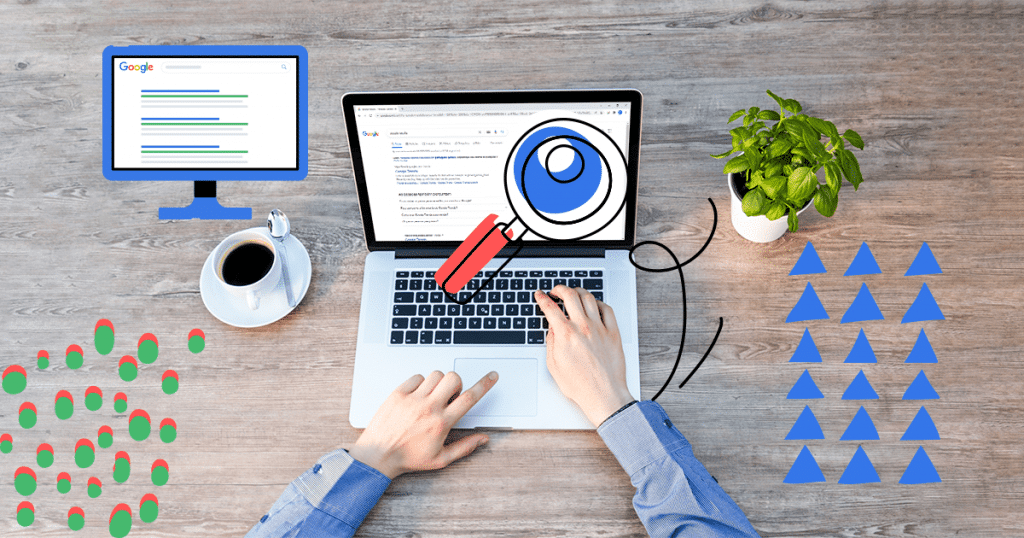If your website is slow, you are losing money. Plain and simple. In this blog post, we are going to talk about the importance of page speed optimization and how you can improve your website’s loading time. Studies have shown that when a website takes more than 3 seconds to load, 40% of users will leave. That’s a huge chunk of your potential customers! So how do you make sure that your website is as fast as possible? Keep reading to find out!
What is Page Speed Optimization?
Page speed optimization is the process of making sure that your website loads as quickly as possible. This can be done through a variety of methods, such as caching, minifying resources, and reducing HTTP requests.
Why is Page Speed Optimization Important?
There are a number of reasons why you need a page speed-optimized website. First and foremost, it will help you improve your conversion rate. If potential customers come to your site and it takes forever to load, they are likely to click away before they even have a chance to see what you have to offer. On the other hand, if your website loads quickly, they are more likely to stick around and explore your products or services. In fact, studies have shown that a 1 second delay in page loading time can result in a 7% decline in conversions!
Another reason why page speed is so important is that it directly impacts your search engine ranking. Google has stated on multiple occasions that one of the factors they use when determining ranking is page speed. So if your website is slow, you are likely to be buried in the search results, where no one will ever find you.
Finally, a fast website simply provides a better user experience. No one likes waiting around for a website to load, so if you can give them what they want right away, they are much more likely to appreciate it.
How to Improve Page Speed
There are a number of ways that you can improve the page speed of your website.
Here are some tips to help improve your page speed:
1. Minimize HTTP requests – The fewer HTTP requests your page makes, the faster it will load. One way to reduce HTTP requests is to use CSS sprites to combine multiple images into one.
2. Use a content delivery network (CDN) – A CDN stores copies of your website’s files on servers around the world, so that visitors can download them from the server that’s closest to them. This can help reduce latency and improve page load times.
3. Optimize images – Images can often be large files that take a long time to download. You can improve page speed by optimizing images for the web, which means reducing their file size without sacrificing quality.
4. Minimize JavaScript and CSS – JavaScript and CSS can add significantly to the size of your page, and thus the time it takes to load. To minimize their impact, you can minify these code files, which reduces their file size without changing their functionality.
5. Enable compression – Gzip is a type of compression that can reduce the file size of your HTML, CSS, and JavaScript files by up to 70%. Enabling Gzip compression on your server can help speed up your website’s loading time.
6. Optimize your code. This includes things like reducing unnecessary code, using CSS instead of images whenever possible, and minifying your code.
7. Take advantage of browser caching. This will help improve the speed of subsequent page loads for visitors who have already been to your site.
By following these tips, you can significantly improve the speed of your website and provide a better experience for your users. In turn, this will help improve your conversion rate and search engine ranking. If you are facing issue there are many website maintenance services providers who can help with page speed optimization services. What are you waiting for? Start optimizing your website today!



